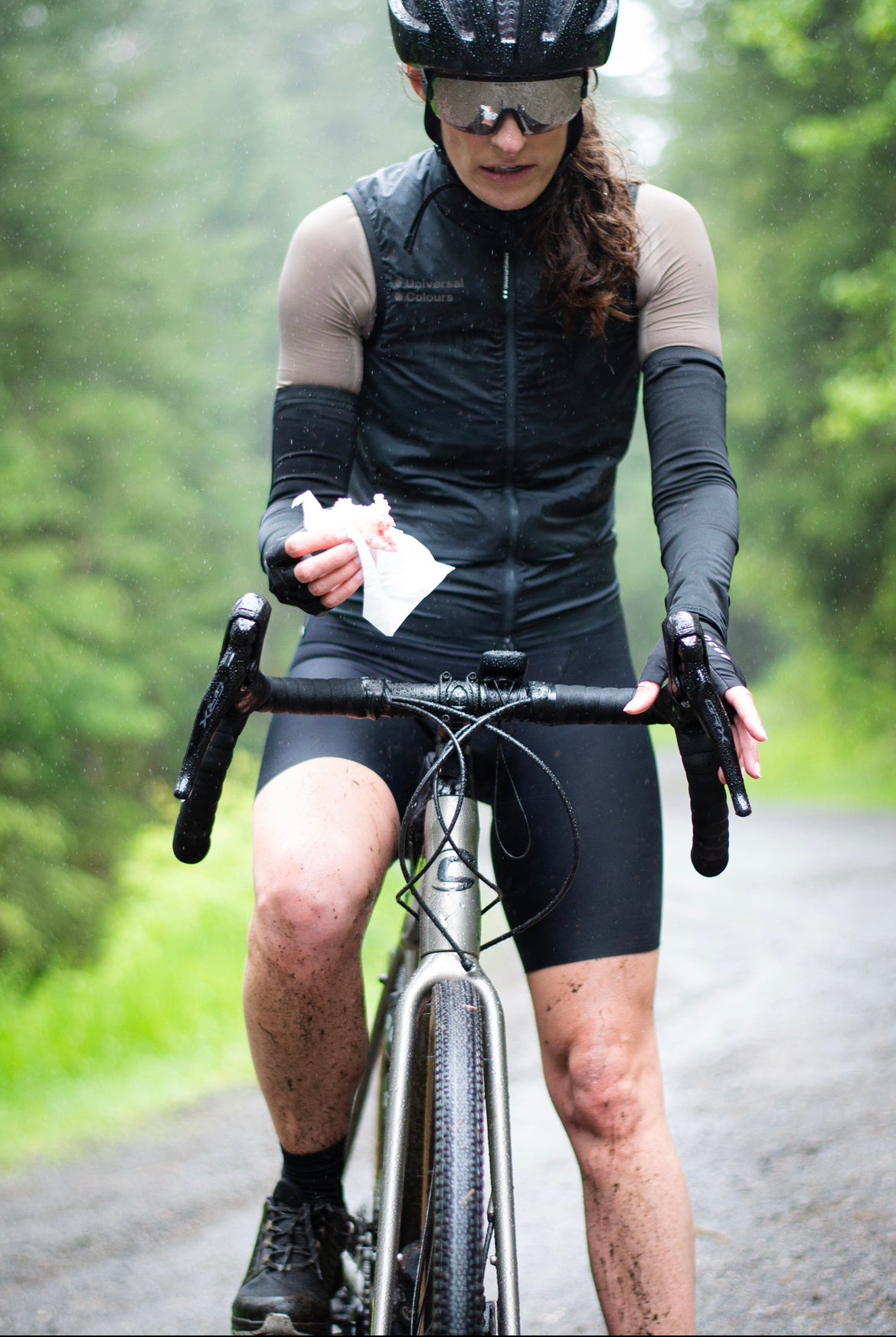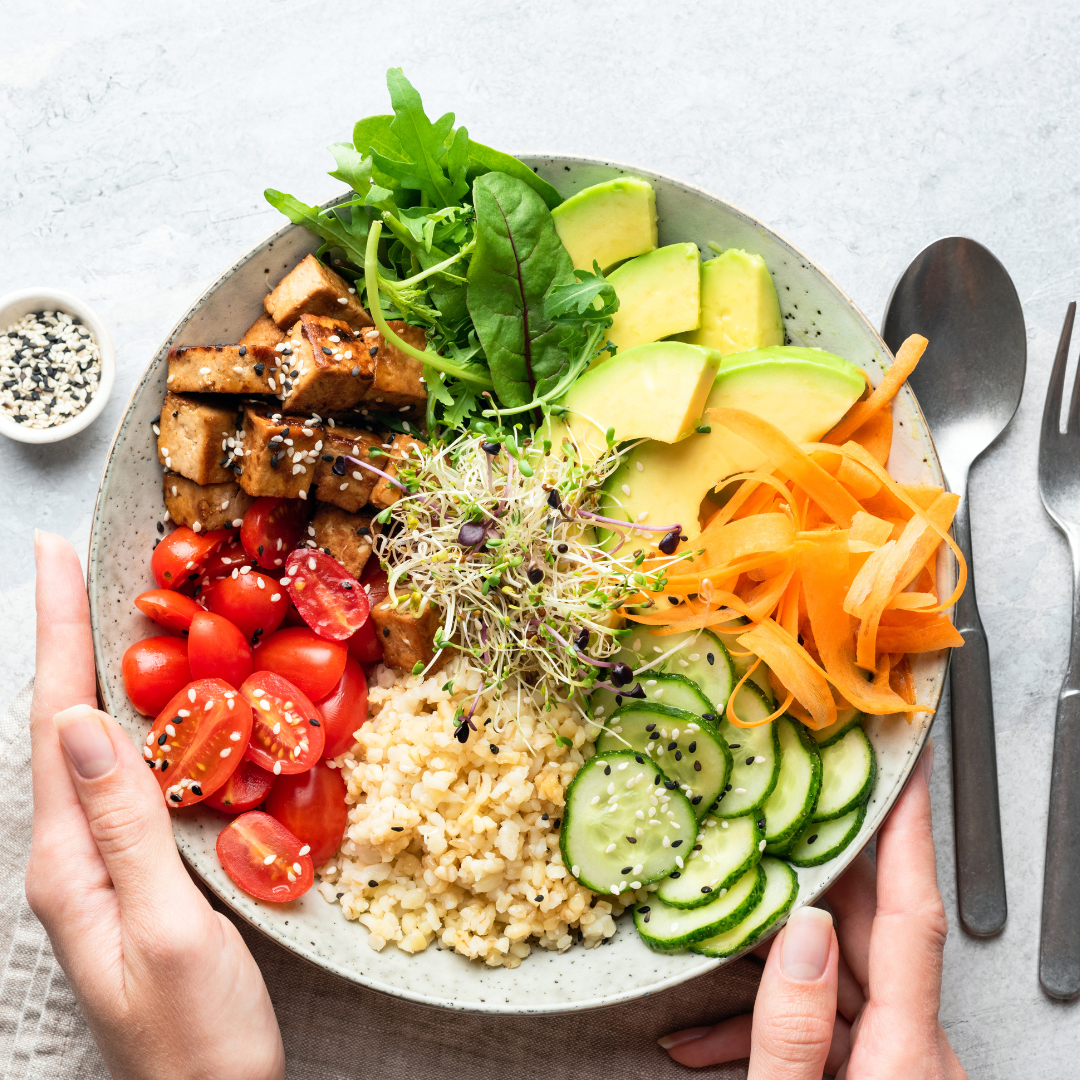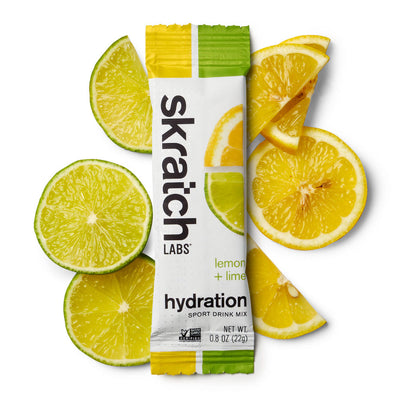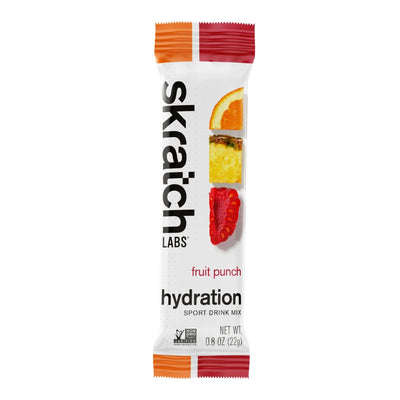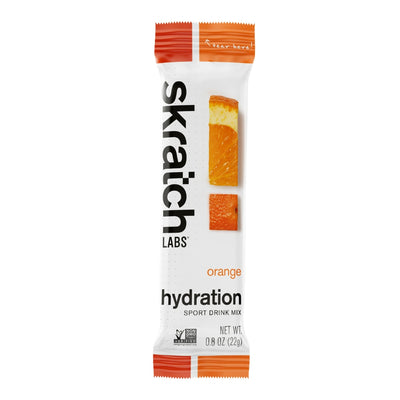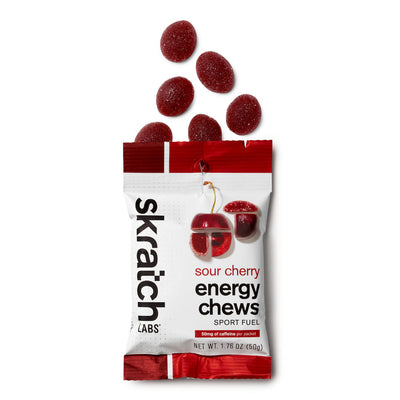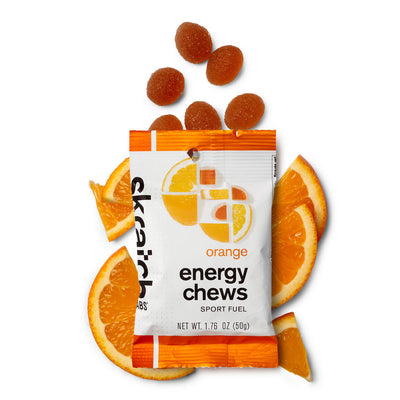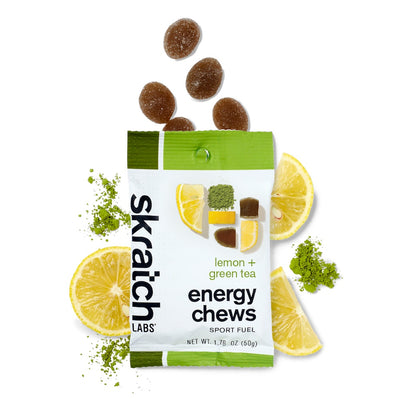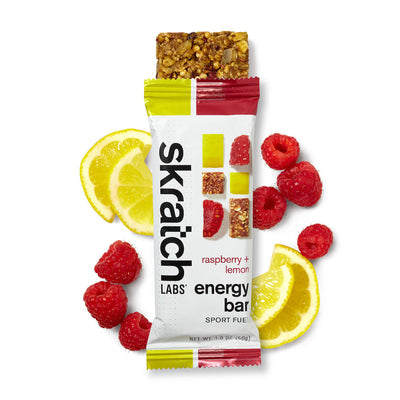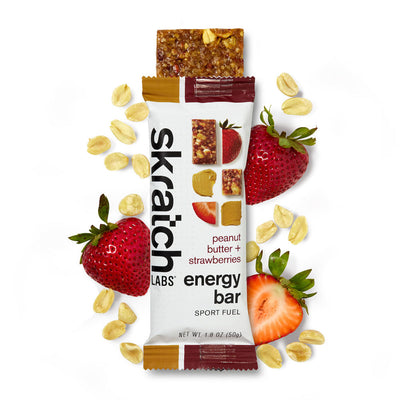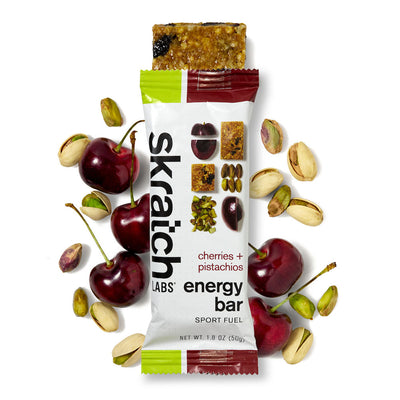Fueling the Distance by Sarah Voth, RD, CEDRD, CD

During long efforts at high intensities, the details of how you hydrate and refuel become critically important. Your nutrition plan can make or break your experience and, in fact, it can be the difference between a PR and a DNF for endurance athletes.
In this article, I’ve aimed to demystify the complexities of endurance nutrition and provide you with a simplified guide to honing and perfecting your own plan. You will find recommended fueling guidelines tailored for athletes in endurance sports as well as real-world examples of fueling plans. Consider this your roadmap to honing and perfecting your nutritional strategy, ensuring that each step, pedal, or stroke takes you closer to your peak performance.
The Conundrum of Endurance Nutrition:
Answering the question, "What should I be eating and drinking during those long rides and runs?" can be a perplexing journey. The spectrum of advice out there ranges from frustratingly complicated to downright impractical. Consider my personal experience, where well-intentioned suggestions led me to carry beef jerky and trail mix on a century bike ride. Lesson learned: choking hazards don’t mix well with intense exercise! Furthermore, it's important to note that fats and proteins aren't the primary fuel your body is demanding. When it comes to endurance nutrition, a solid plan actually considers four key players:
- Hydration
- Carbohydrate
- Sodium
- Caffeine
We will be focusing mainly on the first two components. After incorporating a few key concepts, you will find yourself pushing the boundaries of endurance like never before.
Start with Your Water Bottle
Think of your sports drink as the foundation of your endurance nutrition plan. A solid, well-executed approach to hydration will set you up for success in every way: keeping your body cooled, improving your digestion, delaying the onset of fatigue, actually assisting your body in absorbing carbohydrates thereby boosting your performance. In fact, athletes tend to see their performance suffer more quickly from dehydration than from low fuel stores.
When it comes to hydration, there are two approaches:
- Drink to thirst with a sports beverage
- Drink to a carefully planned and tested hydration schedule
The first method can work well when training in milder temperatures, training at lower intensities where sweat losses are less of a concern, as well as for athletes who generally have lower personal sweat losses. The second method works well for athletes who anticipate high sweat losses, where they will be performing at very high intensities in hot environments, and who have tested their sweat rate multiple times to predict with some accuracy what their losses are going to be.
TIP: To prevent impacting performance, we generally want to limit sweat losses to less than 3% of body weight. In hot temperatures, it’s advised to limit sweat losses to less than 2% body weight.
If you elect to go with the first method, “drink to thirst", you’ll want to select a sports beverage that replaces both the water and sodium that you lose in sweat. We lose an appreciable amount of sodium when we sweat (anywhere between 600 to 1500 mg of sodium per liter for the average person! Though some people do lose as little as 200 and some with medical ailments up to 3500).
Hydrating with plain water (without adequate salt anywhere else in your plan) can screw up your body’s sodium balance and be quite dangerous. Skratch Hydration Sport Mix offers 800mg of sodium per liter and is formulated to mimic the average sodium sweat loss, thereby allowing your thirst mechanism to remain an accurate measure of your hydration needs. That said, if you are losing greater than 3% of your body weight during your exercise, and you find that your performance is being affected, consider increasing your sodium intake and tracking your fluid intake a bit more closely.
If you choose the second method: drinking to a carefully planned hydration schedule, but you are unsure where to begin, consider starting with 10 – 24 oz/hr of the Skratch Hydration Mix when training for an hour or longer. If you are a salty sweater, consider adding the Skratch Everyday Drink Mix as a booster and/or supplementing with salty foods during your training/event.
You’ll also want to consider what are your “acceptable” sweat losses (the amount of weight from sweat you can safely lose before your performance is impacted, generally <2 – 3% of your body weight). Sweat rates vary dramatically between endurance athletes, with an average sweat rate around 0.5 – 2.5 L/hr. To find your sweat rate, you’ll need to weigh yourself before and after exercise, accounting for the fluid you’ve taken in. An online sweat rate calculator can be very helpful with this! Test and retest in different sports, clothing, and weather – especially in weather that mimics your race conditions, so you’ll know how your sweat rate changes depending on shifting variables.
Fill In Your Remaining Carbohydrate Needs with Food
Once you’ve decided on your hydration strategy, we can begin looking at your remaining carbohydrate needs. Start by asking yourself few questions:
- How long do I anticipate exercising?
- How hard will I be working?
- What nutrition do I like the taste of, look forward to eating, and tolerate during exercise?
- How portable do I need this nutrition to be? (i.e. Will I be self-supported?)
- Will I need to train my gut to tolerate this desired intake over time?
All of these questions will help you develop a personalized approach to nutrition. Using the chart provided below, consider the recommended range of carbohydrates for the duration and intensity of your training. If you are performing for long durations and high intensities, consider aiming for the upper end of the range.

Athlete Example
Jane is preparing for a 3-hour training run. Her exertion level will be moderate- to high-intensity (mimicking her marathon race pace), and she’ll be running in warm temperatures. Jane knows that she is not a heavy or salty sweater. She elects to “drink to thirst” and chooses the Skratch Hydration Mix, offering 20g of carbs per 500mL bottle. Jane anticipates drinking 2.5 of these bottles during her run totalling 50g of carbs over 3 hours. Based on the duration of her run, the recommended carb intake is 30-60g carbs/hour. Jane is electing to push to the higher end of this recommendation to train her gut to handle higher amounts of carbohydrates before race day. That means Jane will need to find another 35g of carbs per hour from nutrition:
Jane’s target carb needs: 60g/hour = 180g total over 3 hours
180g - 50g (in her hydration mix) = 130g carbs remaining
130g / 3 hours = 43g/hour remaining to fill with nutrition
Jane knows she doesn’t tolerate gels and she prefers her nutrition to be light, compact, and portable enough to carry in her running pack. She also knows she prefers the taste of ‘real food’ on her runs. Here is how Jane supplements the rest of her carb needs:
Hour 1: 4 Fig Cookies (46g) + 16 oz Sports Drink (20g)
Hour 2: 1 Packet of Skratch Energy Chews (38g) + 16 oz Sports Drink (20g)
Hour 3: 2oz. Raisins (44g) + 8 oz Sports Drink (10g)
Totals: 178g carbohydrates, 40oz (1.25 liters) fluid
Per Hour: 59g carbohydrates, 13oz (415mL) fluid
When it comes to fueling for endurance, there's no one-size-fits-all rulebook. It's more like a buffet of strategies, with each athlete picking what works best for them. So, let's take a look through some real-world examples of how you could fuel endurance exercise at different lengths and intensities.
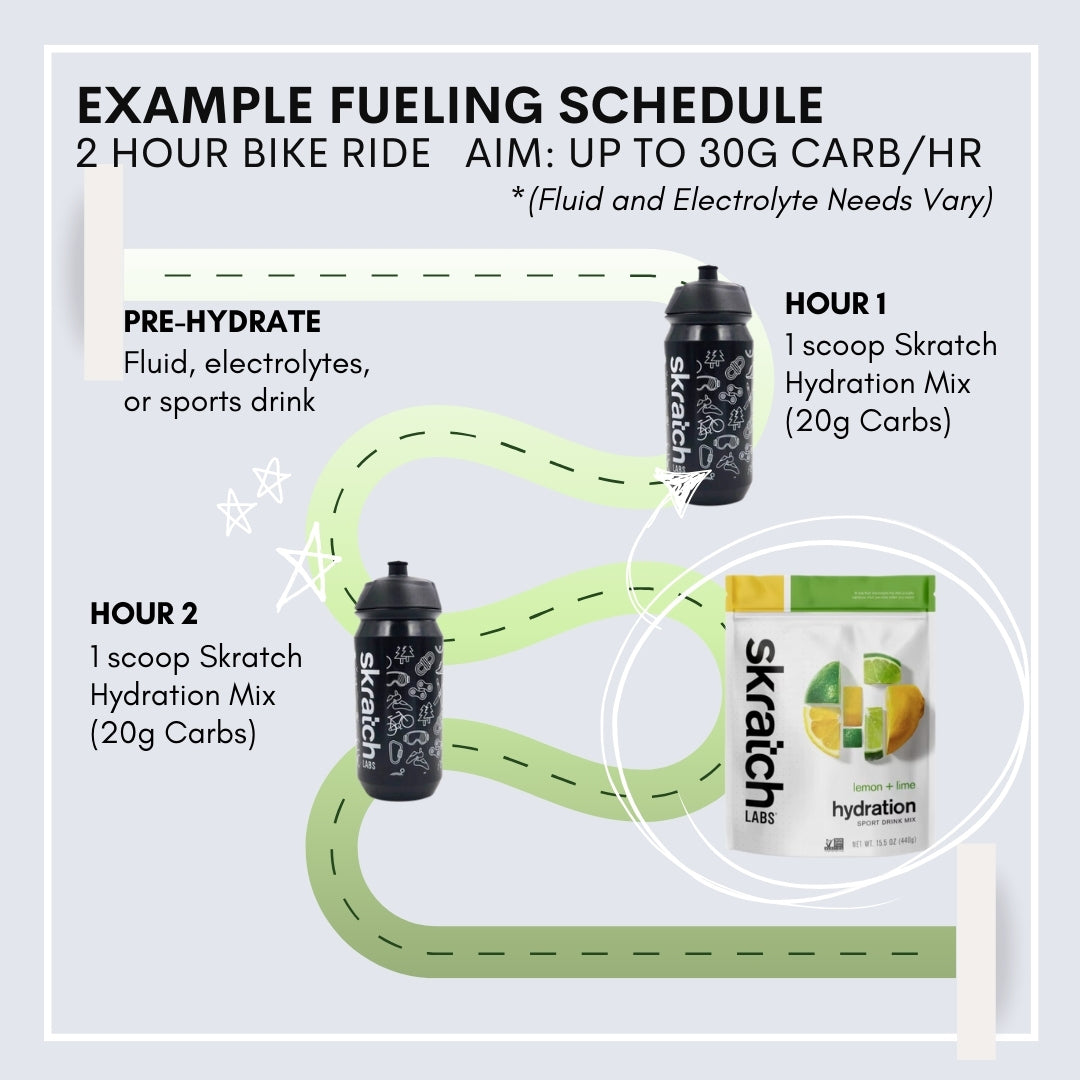


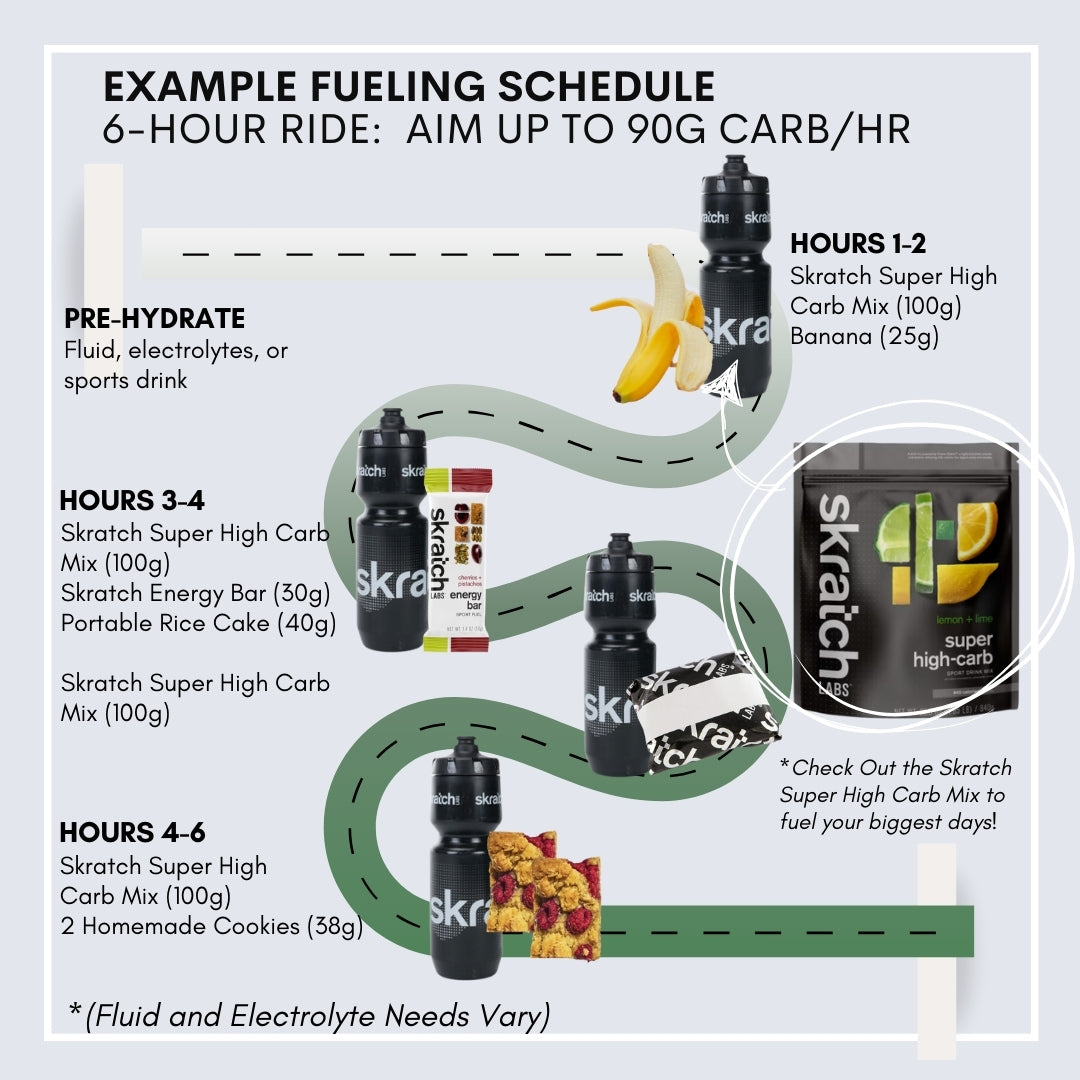
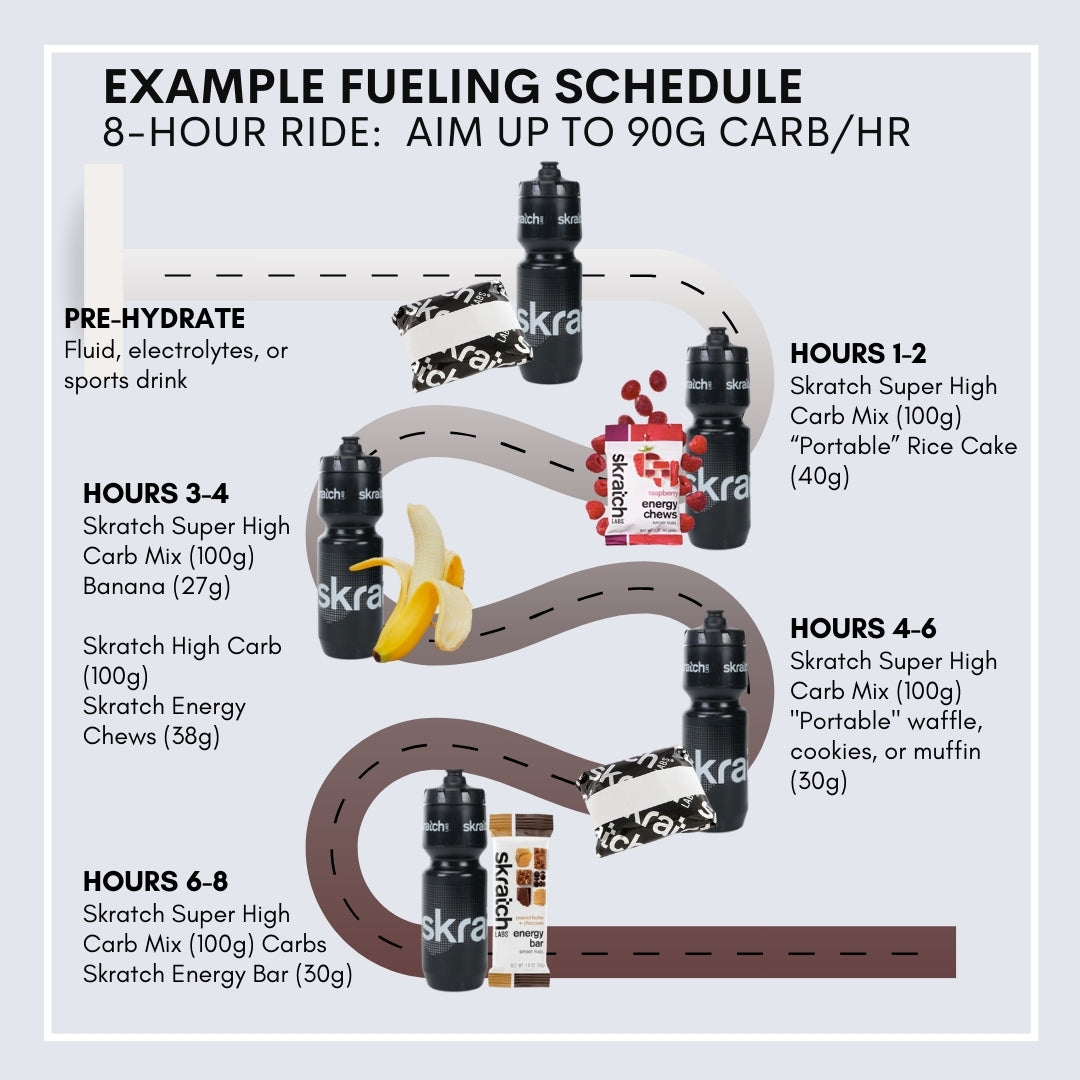
TIP: Plan Your Nutrition By Moving-Time Not Distance.
Nutrition should support the number of hours you’ll be active rather than the distance you’ll travel. Your body will perform better with regularly timed intervals of nutrition regardless of how far you’ve gone. If you rely on distance as a fueling indicator (i.e. eating every 2 miles or as you get hungry), you can easily get behind on your targets and miss valuable fueling windows to keep you performing at your best.
More Carbohydrates Seems to be Better
In my experience as a dietitian, I find that very few athletes are used to training with adequate amounts of carbohydrates. In fact, these carbohydrate targets can often feel a bit overwhelming to people. I tend to find that very few runners are used to training with carbohydrates, whereas, it seems to be a bit more of an accepted practice among cyclists. While it is true that runners may experience more gastric symptoms due to the jostling nature of the sport, runners still need and absorb just as much carbohydrates as other endurance athletes!
Consider Gut Training
Historically, recommendations have stopped short at the 60-90g/hr of carbohydrates thinking the gut cannot handle a greater absorption rate. However, recent research has been challenging these limitations suggesting that the body can oxidize higher rates with proper gut training as well as combining multiple transportable carbohydrates (such as glucose and fructose) to improve absorption rates. We are now seeing elite athletes with high energy demands exceeding the traditional recommendations and aiming towards 120g/hr carbohydrates. These athletes seem to experience enhanced stamina, delayed fatigue, and improved overall performance during endurance activities.
The take-home message: the gut is an extremely adaptable organ. Athletes who eat a daily diet high in carbohydrates as well as practice taking in carbs during their sport tend to absorb and oxidize carbohydrates much more efficiently. To increase your carbohydrate intake, you may want to start slow and progressively increase your intake to avoid gut distress during exercise (ie. bloating, cramping, diarrhea, etc).
In our scenario with Jane who is targeting 60g of carbohydrates per hour, let’s explore how she can smoothly integrate this amount into her routine if she isn’t yet accustomed to it. First, I would recommend Jane start increasing her carbohydrate intake at least 10 weeks prior to her marathon. To get started, I would propose she start with a small/tolerable amount (like 20-30g/hr) and increase this by 10g/hr each week until she gets to the 60g/hr target.
4-weeks out from her marathon, Jane could even push her training boundaries slightly, elevating her carbohydrate intake to 70g per hour. This approach allows her digestive system to adapt to efficiently absorb the intended nutrition. Come race day, Jane can then strategically dial back to her target of 60g per hour, confident in her digestive comfort, setting the stage for a successful and well-fueled marathon.

Conclusion
Navigating the world of endurance nutrition can be overwhelming, but by simplifying key concepts and tailoring them to your individual needs, you can create a nutrition plan that enhances your performance and promotes overall well-being. Remember, mastering endurance nutrition is a journey, and with a thoughtful approach, you'll find what works best for you on those long rides and runs!

Sarah Voth, RD, CEDRD, CD
Registered Dietitian & Eating Disorder Specialist
Sarah, a Pacific Northwest native, is a registered dietitian and avid cyclist who thrives on conquering the most grueling mountain bike climbs and the longest road rides. With a professional background in sports nutrition and personal training, Sarah excels in integrating advanced fueling strategies into athletic endeavors. Sarah has also worked extensively in eating disorder care for the past 12 years, and is a board certified Eating Disorder Dietitian by the International Association of Eating Disorder Professionals (iaedp). Her counseling approach emphasizes self-care and nourishment, grounded in principles of weight inclusivity and holistic wellness.
Find more great info and tips from Sarah on her Instagram.

